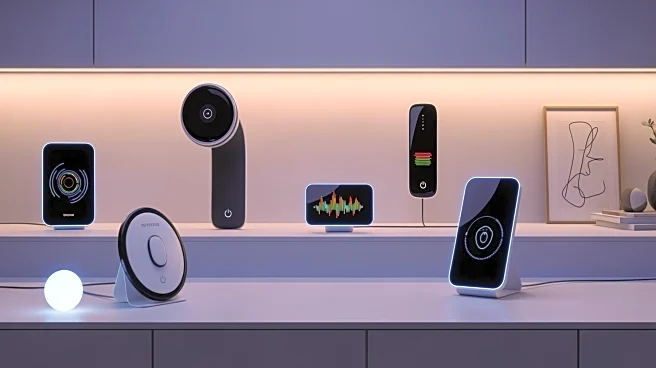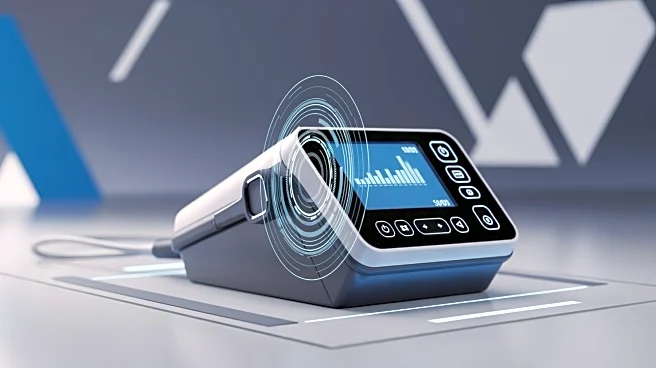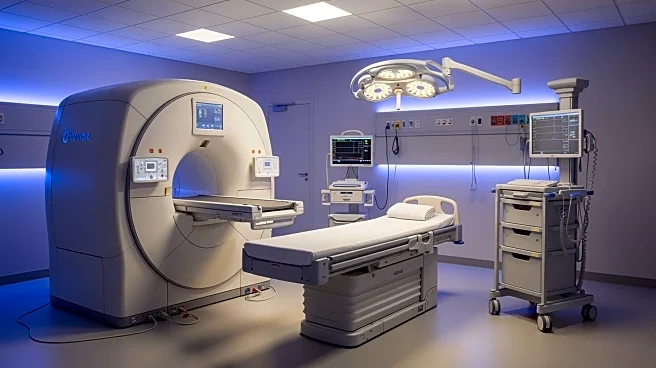What's Happening?
The Homecare Self-Monitoring Device Market is projected to experience substantial growth from 2025 to 2032, according to a report by Coherent Market Insights. The report provides an in-depth analysis of
industry size, market share, business trends, and key growth factors. It highlights the role of major players such as Abbott, GE HealthCare, and ResMed in driving market expansion. The report also examines crucial market dynamics, including drivers, restraints, challenges, and potential risks, while identifying growth opportunities and emerging trends. The market is segmented by device type, application, and region, with North America, Europe, and Asia-Pacific being key areas of focus.
Why It's Important?
The anticipated growth in the Homecare Self-Monitoring Device Market is significant for several reasons. It reflects a broader trend towards personalized healthcare and the increasing demand for remote monitoring solutions. This growth could lead to improved patient outcomes, particularly for individuals managing chronic conditions such as diabetes and cardiovascular diseases. The expansion of this market also presents opportunities for technological innovation and investment, potentially driving advancements in wearable and handheld medical devices. As healthcare systems continue to evolve, the integration of self-monitoring devices could enhance patient engagement and reduce healthcare costs.
What's Next?
The report suggests that major players in the market will continue to adopt strategic initiatives to drive growth beyond initial forecasts. This includes innovations in device technology and expansion into new regional markets. Companies are likely to focus on enhancing device capabilities and improving user interfaces to cater to a broader range of health conditions. Additionally, regulatory developments and government policies will play a crucial role in shaping the market landscape. Stakeholders should monitor these factors closely to capitalize on emerging opportunities and address potential challenges.











